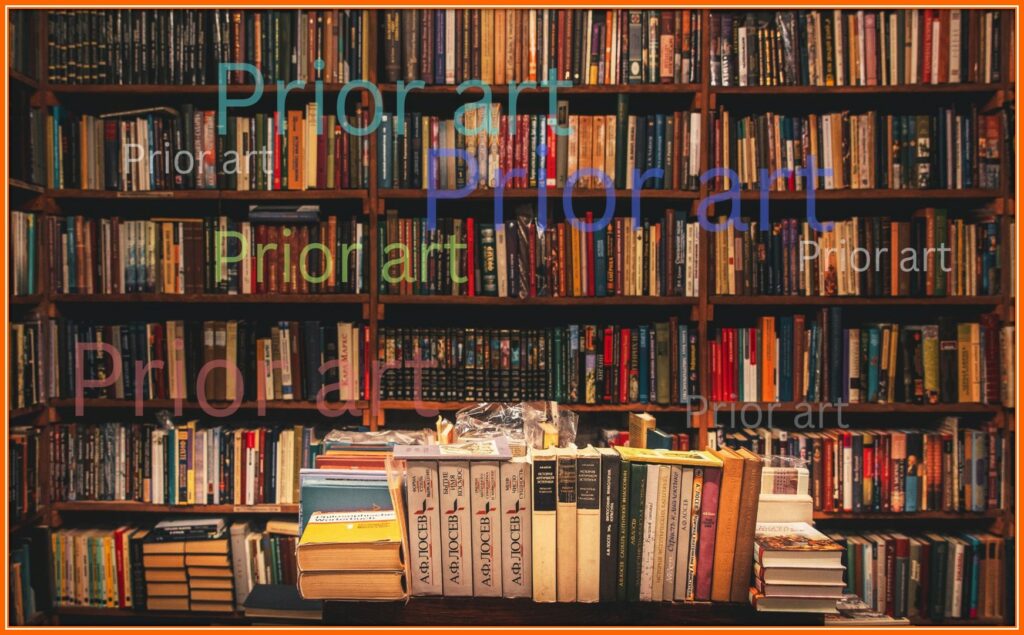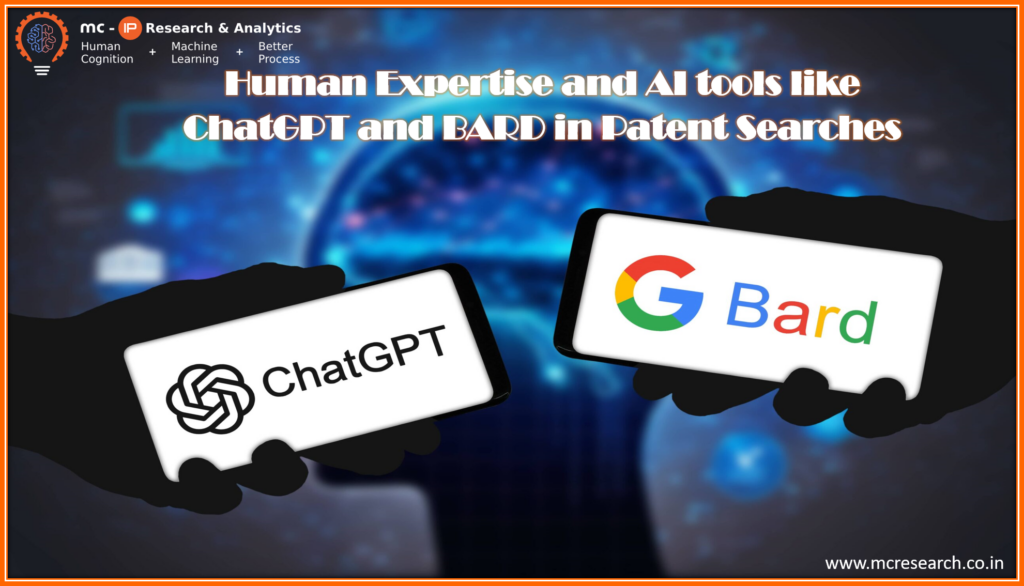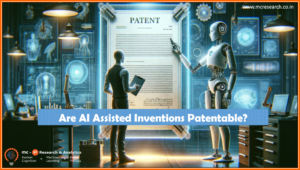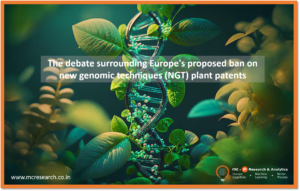Introduction
Engaging in patent search is like entering a large library, with each shelf holding valuable intellectual property records. Success in this enormous repository demands expertise and effective guidance. In the dynamic intellectual property world, AI has emerged as a reliable companion, equipped to assist in this intricate quest. AI-driven tools are much like a seasoned librarian in any organization, readily standing to streamline the process, meticulously organizing shelves of information and swiftly retrieving the most relevant documents for patent professionals and researchers.
Traditional patent search methods, built with manual efforts and time-consuming processes, give way to a new era of efficiency and accuracy propelled by AI. With the emergence of innovative AI tools, such as ChatGPT, BARD, and many other AI based chat bots, patent professionals and researchers now have an unprecedented advantage in uncovering critical information quickly and precisely.

Patent Search Using AI - BARD
The rationale for this case study is rooted in leveraging another transformative technology, BARD. After ChatGPT, we aim to explore the potential of BARD in patent searches. We will highlight the completary strengths and weaknesses of this AI driven technology compared to traditional manual patent search methods.
Have you read our previous blog comparing ChatGPT’s performance in patent analysis to that of manual analysis? Take a moment to read it before we continue.
Analyst – Hi BARD, I have prepared a drug composition that I believe can be patented. Could you help me with patentability and features that can be claimed as novel or if they are already patented or there are already granted patents for this combination? The composition is prepared by 2 active ingredients and one inactive ingredient. The active ingredient comprises 0.5-2.5 % benzoyl peroxide and 1-2% clindamycin, whereas the inactive ingredient comprises 10% polysorbate 80 for topical application. Also, the composition is prepared in emulsion form which delays the release of active ingredients

The US patent generated by BARD does not have a combination claimed, even though it’s for skin application. However, that is not sufficient grounds for it to be categorized as prior art. Therefore, we attempted to explore why BARD returned this patent and how it could be used as prior art for the invention in question.
Analyst – Could you provide all the possible relevant patents and help me with mapping these features against my composition for these references?

So, there may be patented compositions with similar combinations, the prior art list generated by BARD either contains irrelevant elements or lacks the valuable components necessary to deem them relevant or as prior art for the proposed invention combination. This raises questions about the reliability of these findings.
We tried to follow the same for non-patent literature to understand how accurately BARD can search in relevant NPL databases
Analyst – Could you search for non-patent literature too and map their feature like you did for patents?

Alright, when it comes to checking documents with specific features, BARD is not completely reliable yet. Even though it has access to various databases and provides a wealth of information, it is not necessarily correct every time. On the other hand, while chatGPT cannot access and process information from the real world through Google Search and ensure response aligns with search results, it’s worth noting that chatGPT, unlike BARD, doesn’t have a specialized focus on patent-related data
Results and Findings
In conclusion, while BARD exhibits promising capabilities in the realm of patent searches and analyses, users should exercise caution and further validate results, especially when seeking additional prior art. The experiment sheds light on both the strengths and potential limitations of BARD in handling sensitive information and delivering accurate and relevant patent-related insights. Continuous refinement and improvement in AI models like BARD are essential for enhancing reliability and user confidence in the field of intellectual property exploration.
BARD is another conversational AI or Chatbot, trained to be informative and comprehensive but can’t create stories when on factual topics to create answers.
Comparing BARD and ChatGPT
ChatGPT doesn’t have the capability to perform real-time searches or access external databases like patent databases. BARD, on the other hand, provides more comprehensive and nuanced insights into the patentability of your invention. It can also help you to identify novel features and potential claims.
Here is a table that summarizes the key differences between Bard and ChatGPT:
| Feature | BARD | ChatGPT |
|---|---|---|
| Trained | Specific search databases | General text and code |
| Efficiency | Identifying relevant patents | Generating text, translating languages, and writing different kinds of creative content |
| Reliability | Yes | Yes |
| Real-time searching | Yes | No |
| Updated | Yes | No |
Human and AI Approaches to Patent Search
Human Approach
Advantages:
- Deep understanding of the patent landscape and the nuances of patent language
- Able to identify relevant patents based on their technical content
- Able to understand complex patent claims
- Able to identify trends in the patent landscape
Disadvantages:
- Take some time and expensive
AI Approach
Advantages:
- Faster
- Able to search large datasets of patents quickly
- Able to identify patterns and trends in the patent landscape
Disadvantages:
- Does not understand the nuances of human language
- More likely to miss relevant patents, or to return irrelevant patents
- Not able to identify complex patent claims
So the question is what factors determine whether a human or AI approach is preferable in patent searches, and how does a hybrid strategy optimize the search process?
The best approach to patent search depends on the specific needs of the user. If accuracy is the most important factor, then a human approach is the best option. However, if speed and efficiency are more important factors, then an AI approach may be a better option.
It is also possible to use a hybrid approach that combines the strengths of both human and AI approaches. For example, a user could use AI to generate a list of potential patents, and then have a human patent analyst review the list to identify the most relevant patents.
Overall, AI is a powerful tool that can be used to improve the efficiency and effectiveness of patent searches. However, it is important to be aware of the limitations of AI and to use it in conjunction with human expertise whenever possible.
Conclusion
MCRPL’s innovative integration of AI and human expertise (MCRANK) offers a distinct edge in the field of patent searches. This synergistic approach not only ensures efficiency and accuracy but also taps into the nuanced understanding that human experts bring to the table. By harnessing the power of cutting-edge AI tools alongside seasoned professionals, MCRPL delivers comprehensive, precise, and timely results for its clients. This unique blend of technology and expertise is assured to revolutionize the patent search process, making MCRPL a trusted partner for businesses and innovators seeking to safeguard their intellectual property and drive forward in an increasingly competitive market.
MCRPL has the tools*, expertise, and experience to help you succeed. Our services are designed to provide you with the insights you need to make informed decisions and stay ahead of the competition.
© Molecular Connections Private Limited
For more information, contact priorart@molecularconnections.com
For more updates subscribe IP Tech Insider






